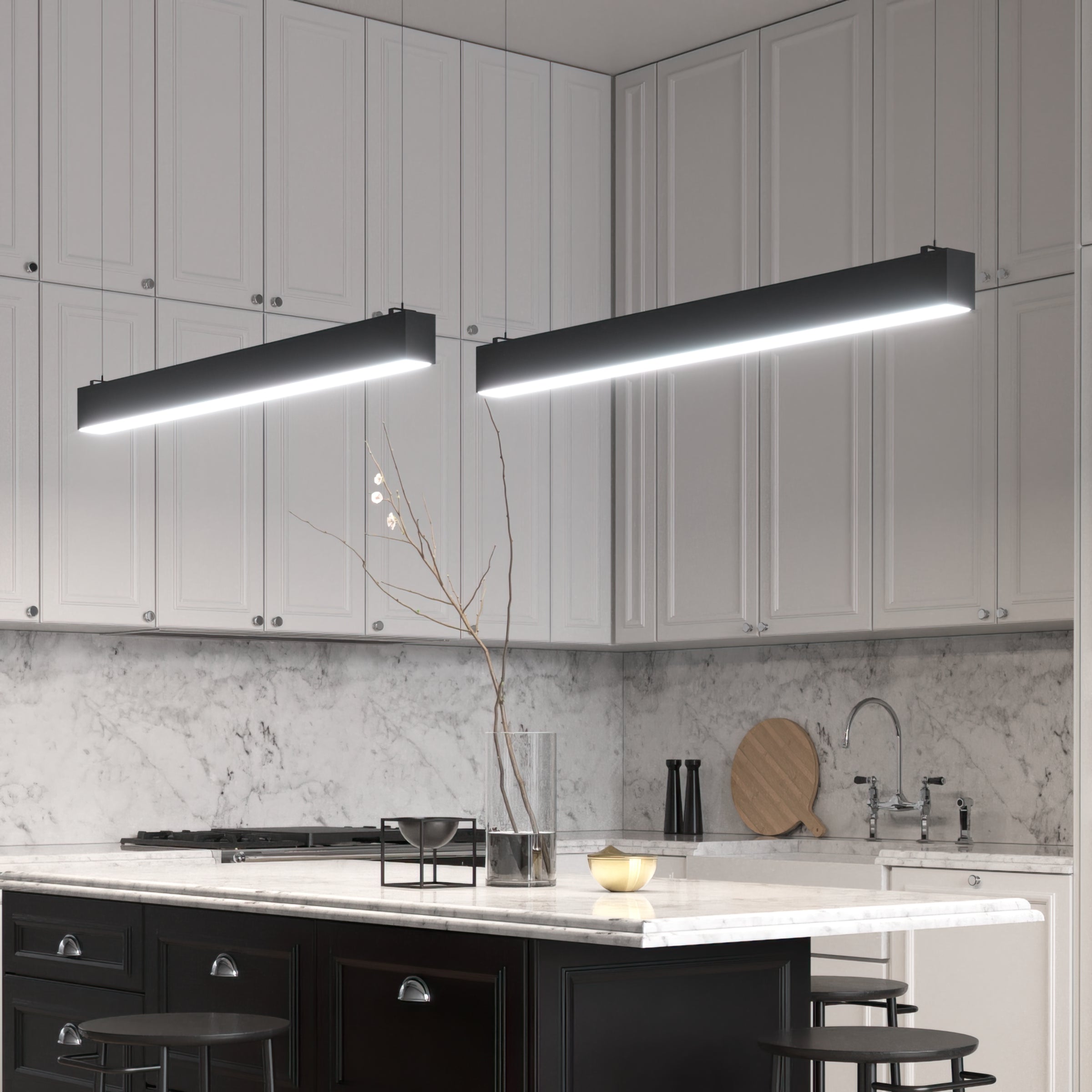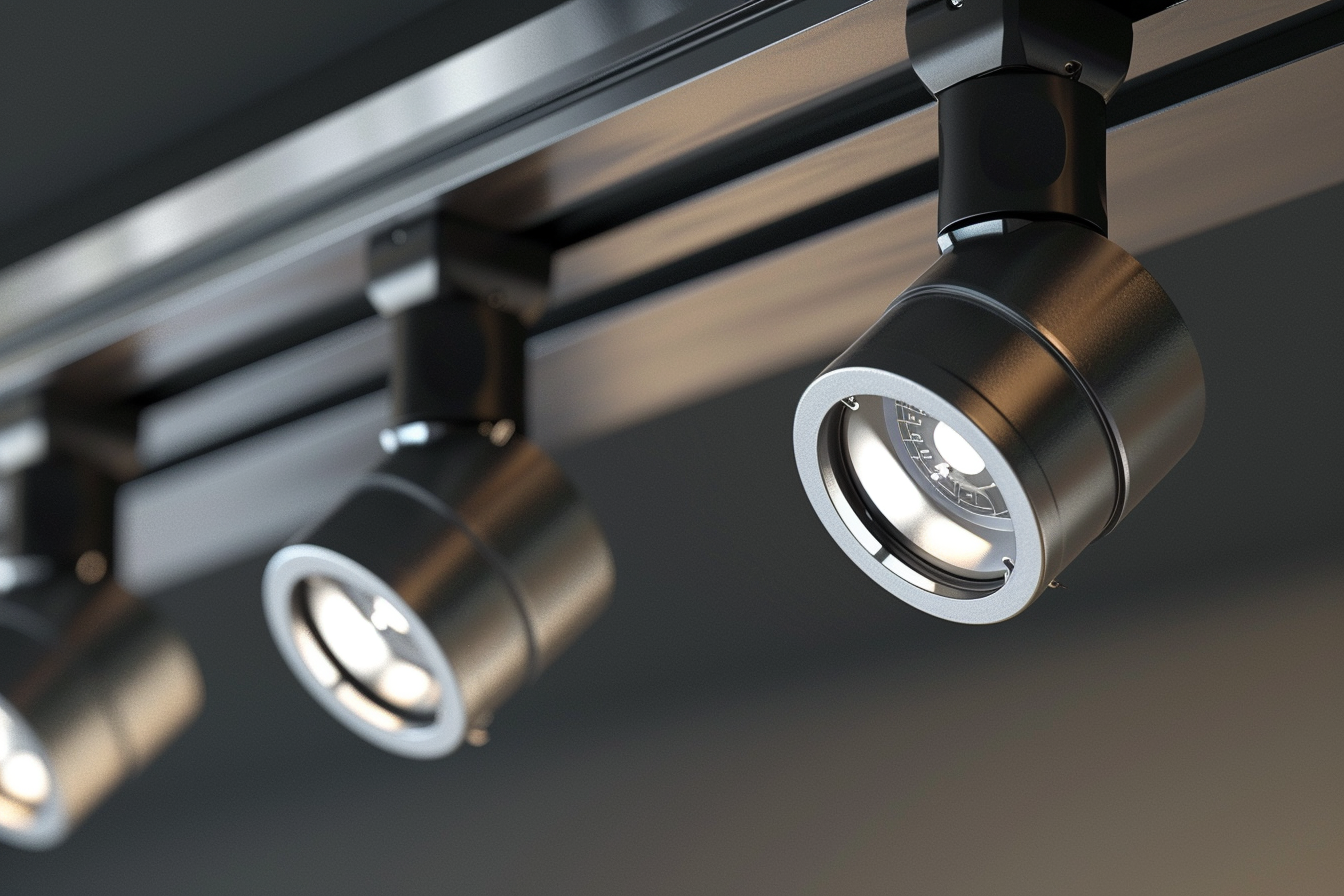Often, when shopping for lighting equipment, one encounters diverse measurement units like lumens, lux, and candela in product descriptions. This variety can lead to confusion and a hasty, uninformed purchase.
The reason behind this variety is that these terms measure different aspects of lighting. This guide aims to demystify what is candela, lux and lumens, preventing rushed decisions when buying light bulbs in the future.
Imagine you're at home, and a light bulb goes out. You scour your pantry and garage, only to find you're out of spare bulbs. It's time to hit the store or shop online.
As you scrutinize the product or peruse the manufacturer's description, you notice different terminology. Some bulbs have details about candela. Others mention lux, and still others talk about lumens.
One might wonder why the industry doesn't stick to one consistent term when it comes to light bulb measurements.
Rather than making an educated guess about a product's features, this guide will delve into what these terms mean and what to anticipate when encountering them.
Most people may not remember terminologies and measurements from their high school science classes. However, understanding certain terms related to lighting and light measurements can be incredibly useful.
In this guide, we will clarify these terms, compare lux vs. candela vs. lumens, and see how measurements in one unit relate to another. Let's dive in!
Different Lighting Measurements
- Candela
Candela, also known as candlepower, is the fundamental measurement for luminous intensity. It indicates the brightness of a light source and determines how far away an object can be seen. Even the brightest lights eventually dim as you move farther away from them.
Candela, often referred to as candlepower or "CD," is used to measure the luminous power intensity of lights. It indicates the brightness of the illumination based on the distance at which it can still be seen.
Candlepower and horsepower share a similar structure in terms of measurement. Just as one horsepower equals the performance of a horse, one candlepower represents the light output of a single candle.
The CD rating differs from lumens because it measures intensity rather than total light output. Spotlights and laser pointers typically have high candlepower ratings because they focus most of their illumination in a single direction, maintaining consistent intensity even when partially obstructed.
While Candela may be unfamiliar to the average consumer, it is a crucial unit for measuring visible light. It represents luminous intensity and is used to gauge the power of illumination emitted by a single source in a specific direction. Named after the traditional wax candle, one Candela is roughly equivalent to the light produced by a candle.
Candela is utilized across various fields, including astronomy, photography, and optical fiber transmission. It allows for precise measurement of light intensity, making it valuable for determining the total light output of stars, required exposure for photography, and light transmission through optical fibers.
In photography, Candela is used to determine the amount of illumination needed for optimal exposure. Engineers also rely on Candela to measure light transmission in optical fiber cables due to its ability to provide accurate readings of light intensity.
- Lumens
Today, most light bulbs provide measurements in lumens, which indicate the total visible light output or luminous flux of the product.
While candela ratings remain constant even when light sources are partially obscured, lumen ratings decrease in such scenarios because less total illumination is available to be emitted.
For example, a light bulb with a 3 CD rating would typically produce around 38 lumens of uninterrupted illumination. If half of the bulb is obstructed, the 3 CD rating remains unchanged, but the visible lumens would decrease by 50% due to the reduced visible light.
Lumens represent the total amount of light emitted by the source. With LEDs, manufacturers often use "Raw Lumens," which base the measurement on the specifications provided by the LED manufacturer rather than directly measuring the light output from the fixture.
Factors such as optics, lens clarity, and heat management can impact the actual light output compared to the raw lumens claimed by manufacturers. This practice of using raw lumens can sometimes lead to discrepancies between the claimed and actual lumen output of the fixture.
In the marketplace, the emphasis on raw lumens can influence consumer decisions, with some choosing a higher lumen output light, even if it may come at a premium price and heavier build, without necessarily experiencing a noticeable difference between lumens, lux and candela in light intensity.
While candela measurements are commonly used for warning lights, they are less common for scene or work lights. Most manufacturers in these categories tend to base their measurements on lux, which is a unit of luminous flux density representing the amount of visible light falling on a surface per unit area.
Lumens are the SI unit of luminous flux, indicating the quantity of light produced by an object. Wilhelm Eduard Weber established lumens as the standard measure for light intensity in 1884, and it has since become a recognized SI unit. Lumens are directly related to the brightness of a light source, with the standard lumen equivalent to the light emitted by a candle within a solid angle of one steradian.
- Lux
Lux (lx) is a unit of measurement used in lighting to assess illuminance, which measures the amount of light on a surface per unit area. One lux is equal to one lumen per square meter.
When a lamp indicates its brightness in lux, it often includes a specified distance from the bulb, as any changes in distance or bulb type can affect the lux level.
For instance, if a 100-lumen bulb illuminates one square meter of surface in a floodlight, the surface will be lit at 100 lx. If the floodlight is moved to shine on four square meters instead, the surface will now be lit with 25 lx.
Lux ratings provided by light bulbs indicate the illuminance level, representing the amount of light per unit surface area. It is a more precise measurement compared to lumens.
Lux is particularly useful in replicating daylight indoors or installing task lighting correctly. The measurement scale ranges from full daylight at up to 25,000 lux to moonlight at one lux.
Lux is the metric counterpart of foot candles, an older measurement term. It is favored for its accuracy and applicability, and photographers with handheld light meters commonly use it to gauge the light hitting a specific surface.
Roughly, 1 lux is akin to twilight, with typical office lighting around 400-500 lux and a dark overcast day at about 100 lux. Full daylight ranges from 10,000 to 25,000 lux, while direct sunlight can reach up to 100,000 lux.
Lux is integral in the International System of Units to quantify the perceived power of light per unit area. It is essential for photometry and helps determine the minimum lux required for video cameras to film, enabling manufacturers to rate their products based on lux levels.
Understanding the Difference
Why are there numerous different light measurements? This is because candela, lux, and lumens each measure distinct attributes of a light bulb, providing a unique outlook on the bulb's brightness and purpose.
For instance, a laser pointer might have a very low lumen rating but a high candela rating because, although the laser pointer does not emit much light, the light it does emit can be seen from a great distance. Light bulbs, on the other hand, are typically rated in lumens to indicate the total light they emit.
Desk lamps often show a lux rating at a specified distance to give an idea of the brightness level for task lighting.
Every light source contributes to the candela, lux, and lumen ratings achievable in a space. Each specific lighting need, from accent to task lighting, should be considered when determining which light sources to install or replace.
Here's a simple way to remember these different ratings:
- Candela gauges the intensity of visible light from the source.
- Lux measures how brightly surfaces are lit once the bulbs are installed.
- Lumens quantify the total amount of light present in the environment.
Understanding how many candelas are in a lumen can make it easier to find suitable lighting solutions.
In essence, Lumens determines the total light output from a source, Candela gauges the visible intensity of light from the source in a specific direction, and Lux quantifies how bright a lit surface will appear.
Your lighting needs will dictate which measurement is most important. For general room lighting, lamps with higher lumen ratings are ideal. But if you want to emphasize architectural features or focus on specific objects, you should prioritize higher candela and lux values. By considering your specific project and objectives and by understanding these lighting measurements, you can make an informed purchase.
Candela (cd), Lux (lx), and Lumens (lm) are the three primary measures of light. Lumens measure overall brightness over a larger area than candela. The amount of light a source emits can be quantified in lumens. The relationships between Candela, Lux, and Lumens are as intertwined as light itself.
Candela measures light intensity. Lumens measure light output, and lux measure brightness. All three elements are necessary to choose the best lighting. It could be said that Candela, Lux, and Lumen are a single unit of light intensity, with 1 Candela equivalent to 1 Lux and 1 Lumen.
In short, they all measure the same thing, just in different ways. Candela is the most precise unit as it measures light intensity in a specific direction. Lux measures light intensity in a less precise manner, and lumen, which accounts for total light output, is the least precise. In other words, Candela, Lux, and Lumen all measure the same aspect of light, albeit in different manners.
Compared to candela, the lumen is a less precise measurement unit. By understanding the relationships between Candela, Lux, and Lumens, we can select the most suitable lighting for any situation. To calculate the lumens and lux from candela, we need the value of candela. This information is critical when selecting a lighting fixture.





